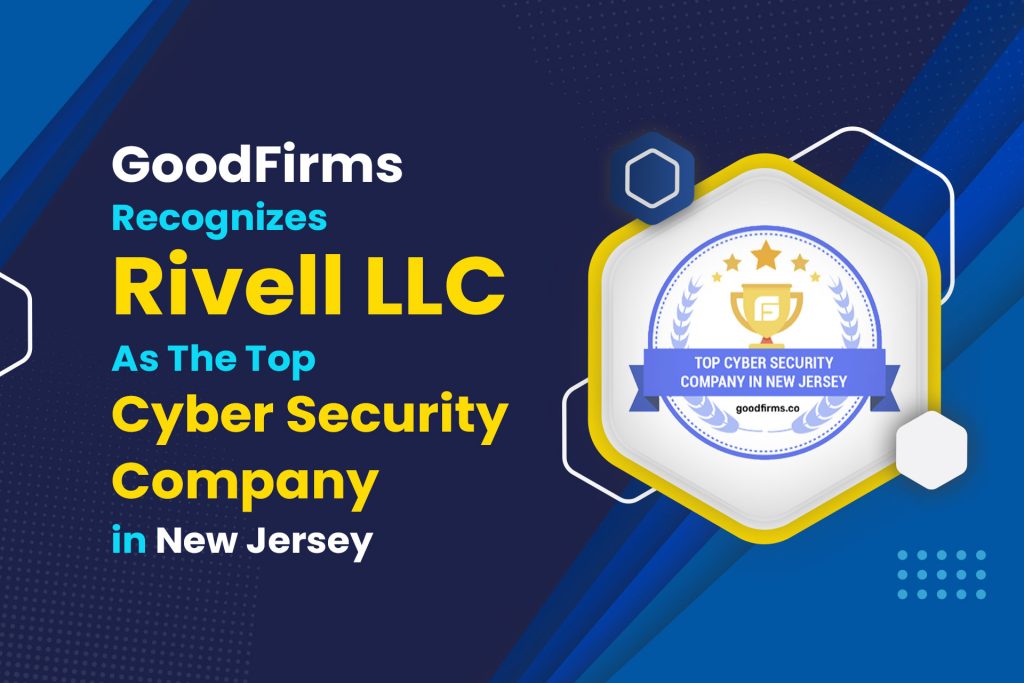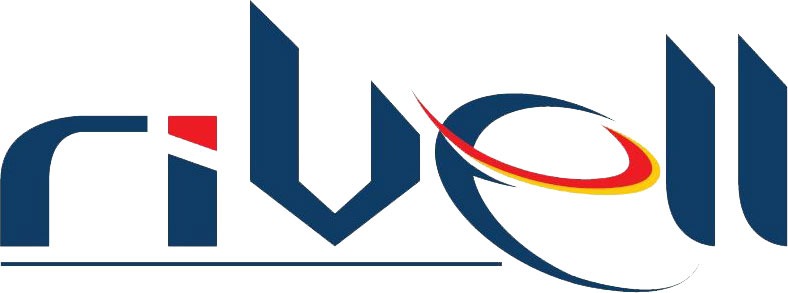Understand the cybersecurity importance in today’s digital world. Protect your data with robust security measures and practices.
Introduction to Cybersecurity
Understanding the Basics of Cybersecurity
Cybersecurity encompasses a broad range of practices and technologies designed to protect systems, networks, and data from digital attacks. As more of our lives and businesses move online, the significance of protecting our digital assets becomes undeniable.
Defining Cybersecurity and Its Importance
At its core, cybersecurity refers to the defensive measures put in place to safeguard computers, networks, and data from unauthorized access or harm. Whether it’s ensuring the confidentiality of personal information or protecting businesses from financial loss, the scope of digital risk management is extensive and continually evolving.
The Evolution of Cybersecurity Over the Decades
The landscape of cybersecurity has changed significantly over the years, from basic antivirus programs in the 1990s, to today’s multi-layered defense systems that combat sophisticated attacks, understanding the historical shifts in cybersecurity helps contextualize the need for modern defenses.
Key Concepts in Cybersecurity
Threats in the Cyber World: Viruses, Malware, and Phishing
One of the most crucial aspects of data protection is understanding the various types of threats that exist. From viruses that can corrupt your files to phishing scams that trick users into revealing sensitive information, these attacks are more prevalent and damaging than ever.
Vulnerabilities and Exploits: How Cybercriminals Take Advantage
Even the most secure systems have weaknesses, because cybercriminals are experts at identifying vulnerabilities in software, hardware, or user behavior, using these loopholes to infiltrate networks and steal data.
Common Cyberattacks: DDoS, Ransomware, and Social Engineering
DDoS (Distributed Denial of Service) attacks, ransomware, and social engineering schemes are among the most commonly used tactics by hackers to disrupt services and extort money from individuals or organizations. Therefore, understanding how these attacks work can help in developing effective prevention methods.
The Core Components of an Effective Cybersecurity Strategy
Protecting Networks: Firewalls, VPNs, and Encryption
Networks are the primary gateway to your systems, making them prime targets for attackers. Firewalls, VPNs, and encryption are just a few of the tools used to create secure channels and protect data from prying eyes.
Securing Devices: Best Practices for Endpoint Security
Every device connected to a network is a potential vulnerability. Endpoint security involves implementing protective measures like antivirus software, secure configurations, and patch management to prevent attacks on individual devices.
Data Protection and Backup: Ensuring Business Continuity
Data is the backbone of every business. Losing access to it, whether through an attack or an accident, can cripple operations. Ensuring regular backups and protecting data with encryption are vital steps in maintaining business continuity.
Identity and Access Management: Securing User Accounts
Identity and access management (IAM) focuses on controlling who has access to what within an organization. By ensuring that the right people have the right access levels, businesses can prevent unauthorized entry into sensitive areas of their network.
Cybersecurity Policies and Regulations: Compliance and Governance
Overview of Cybersecurity Regulations: GDPR, HIPAA, and CCPA
Several regulations mandate specific cybersecurity practices, depending on the type of data you’re handling. GDPR, HIPAA, and CCPA are some of the major laws governing data protection, and staying compliant with them is a crucial part of a network security strategy.
How Businesses Can Stay Compliant with Cybersecurity Standards
From regular audits to implementing specific security frameworks, businesses must ensure they are following the latest IT security guidelines and regulations to avoid penalties and protect their data.
Incident Response Plans: Preparing for Cybersecurity Breaches
No matter how strong your defenses, breaches can still happen. Having a robust incident response plan ensures that your business can quickly recover and minimize damage in the event of a cybersecurity breach.
Cybersecurity Tools and Technologies to Watch
The Role of Artificial Intelligence in Cybersecurity
Artificial intelligence (AI) has the potential to revolutionize IT security by detecting and responding to threats faster than any human could. Its ability to learn from past attacks helps organizations stay ahead of emerging threats, crucial to implement security strategies for online data.
Emerging Cyber security Technologies: Blockchain, Zero-Trust Architecture, and More
The rise of blockchain, zero-trust architecture, and other cutting-edge technologies, is pushing the boundaries of what’s possible when it comes to securing digital systems. These technologies help protect systems by decentralizing data and focusing on verifying trust at every level.
Cloud Security: Safeguarding Data in the Cloud
As businesses move their operations to the cloud, ensuring the security of cloud infrastructure has become critical. Cloud security involves protecting data stored remotely while ensuring that cloud services themselves are not vulnerable to attack.
Best Practices for Individuals and Businesses in Cybersecurity
Cyber Hygiene for Individuals: Strong Passwords, 2FA, and Safe Browsing
Good cyber hygiene practices are essential for everyone, whether you’re an individual user or a business owner. Using strong passwords, enabling two-factor authentication (2FA), and practicing safe browsing can significantly reduce your risk of falling victim to cyberattacks.
Protecting Small Businesses: Cost-Effective Cybersecurity Solutions
Small businesses often believe they are too insignificant to be targeted, but they are frequently the victims of attacks due to their lack of robust security measures. Thankfully, there are cost-effective solutions that can help them secure their data without breaking the bank.
Employee Training and Awareness Programs: Building a Cybersecurity-Ready Workforce
Employees are often the weakest link in an organization’s security chain. Regular training and awareness programs can help ensure that your staff knows how to recognize and respond to potential threats.
The Future of Cyber Security: Trends and Predictions
Anticipating Future Threats: Quantum Computing and Beyond
Quantum computing poses a potential threat to existing encryption methods. As this technology develops, businesses must stay on the cutting edge of new defensive measures to protect their systems from this next-generation threat.
How Companies Can Future-Proof Their Cyber Security Strategy
By investing in flexible, scalable cyber security solutions and staying informed about the latest trends, companies can ensure that their cyber security strategies remain effective against the ever-evolving threat landscape.
Conclusion: Why Cybersecurity Should Be a Top Priority for Everyone
In conclusion, cybersecurity is no longer optional—it’s a necessity. By understanding the threats, implementing robust security measures, and staying informed about the latest technologies, individuals and businesses alike can protect their most valuable digital assets.



